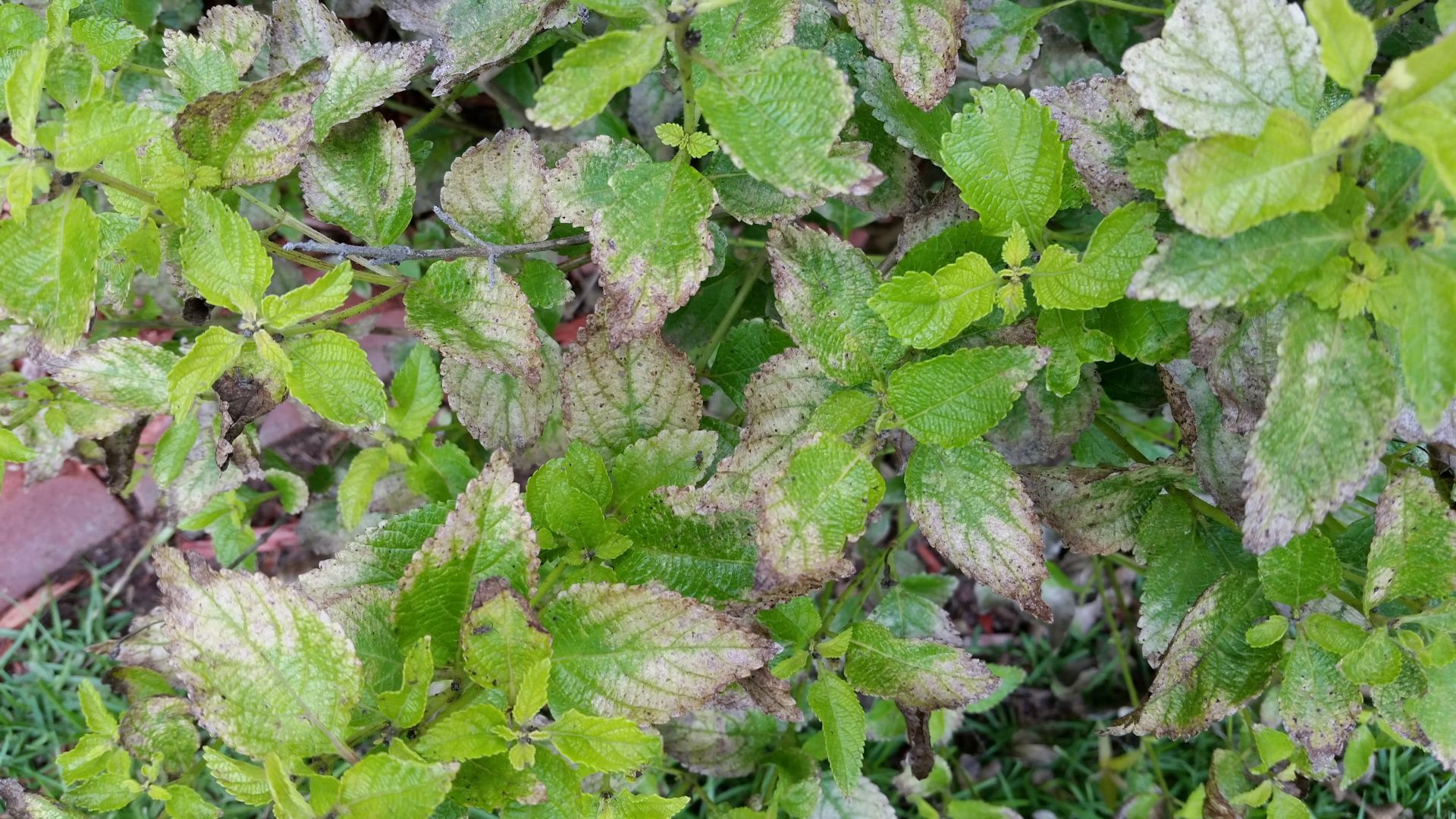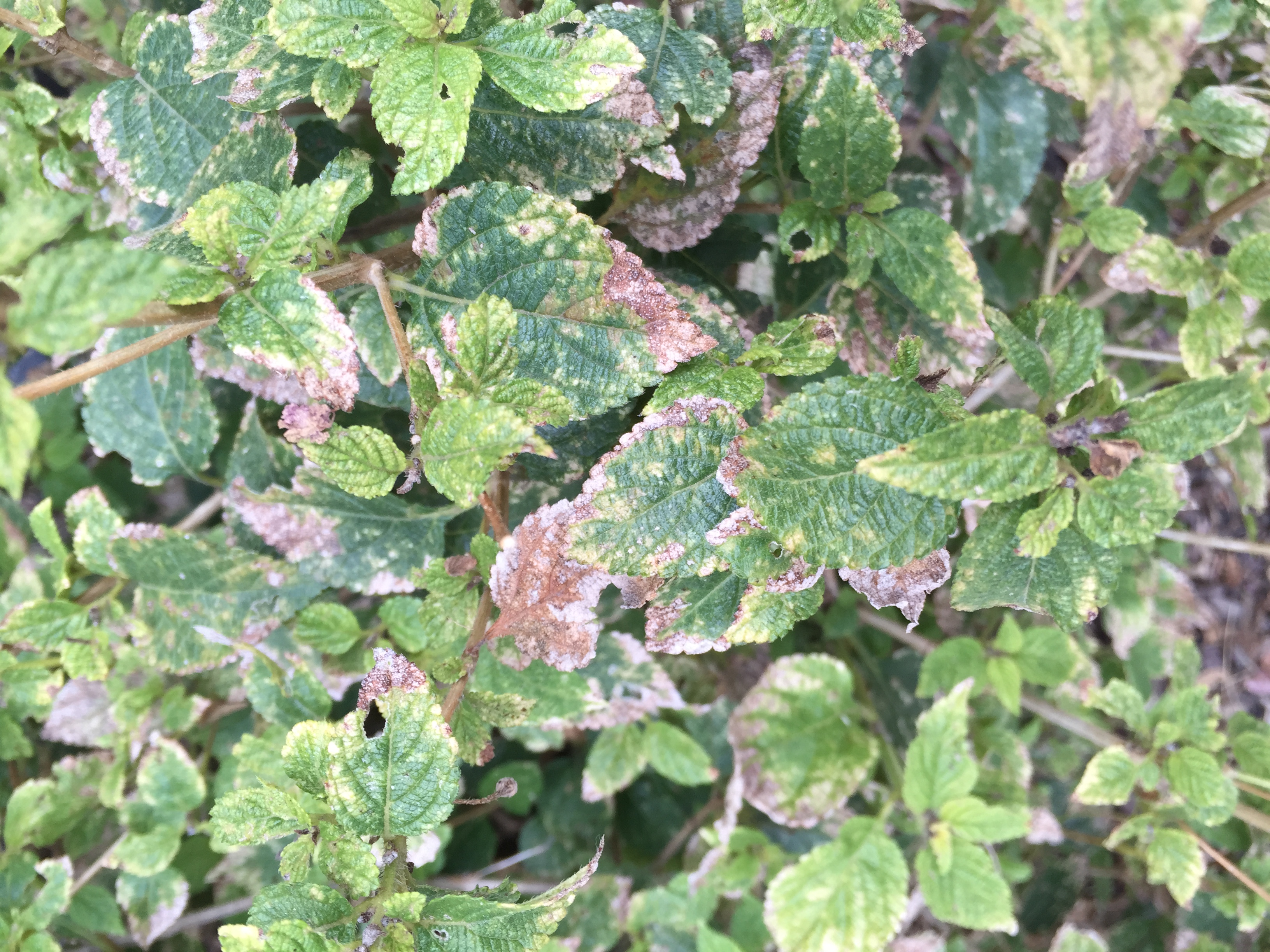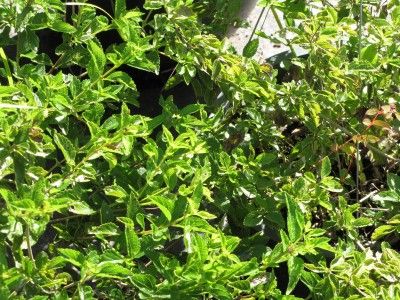
Lantanas typically don’t bloom because they are placed in too much shadow, have too much moisture around their roots, or receive too much fertilizer, which encourages the growth of their leaves rather than their flowers.
The lantana plant is adapted to warm, sunny locations with little rainfall and well-draining soil.
It’s critical to mimic several aspects of the lantana’s natural environment in order to ensure that the plant produces blossoms.
Continue reading to find out the causes of your lantana’s failure to bloom and how to put the fixes into practice.
Table of Contents
Lantana Requires Some Stress to Flower
Lantana is a hardy flowering plant that is indigenous to dry tropical areas of Africa and the Americas. These areas are known for their sparse vegetation, abundant light, infrequent rainfall, well-draining soil, and low fertility. Lantana thrives in these conditions.
Lantana thrives on neglect and is specially adapted to growing and flowering in these challenging environments.
As a result, rather than giving your lantanas excessive care and attention, try to mimic these conditions as closely as you can in your yard.
Lantana really need some stress in order to flower, therefore if they are overwatered, grown in continuously damp soil, or receive frequent fertilizer applications, they are more likely to produce foliage than flowers.
- Avoid using any fertilizer to enhance flowers as lantana grow best in scrub conditions and in relatively low fertility soils.
- Restrict the irrigation. Since they prefer slightly drier soil, established lantana frequently don’t need any further watering and get all the moisture they need from rainfall.
Lantanas should only be watered during prolonged droughts, when they are put in pots, or while they are establishing after planting.
Pots should only be watered once a week at most, as the soil’s low ability to retain moisture causes pots to dry up in direct sunlight.
To avoid soggy soil overnight, water in the morning, and to avoid leaf fungus, always water at the plant’s base rather than from above.
You can create in your garden the same conditions that encourage lantana to bloom in their natural habitat by watering less frequently and using less fertilizer.
Not Enough Sunlight to Flower
When given the maximum amount of sunlight, lantana flower to their most capacity, producing more flowers and a stronger aroma.
Less direct sunlight will result in fewer summer flowers blooming on your lantana.
The ‘Mediterranean’ climes of sunny Africa and the Americas are where lantana are indigenous, and full sun is best for their health and flowering.
The lantana has less energy to create blossoms when there is less sunlight. In order for lantana to flower during the spring and summer, it needs at least six hours of direct sunlight, but more is preferable.
Lantana suffers from stress and won’t flower if it receives much less than six hours of sunlight each day. It will also be more susceptible to pests and illnesses.
Reduce any vegetation that might be blocking your lantana’s light or plant lantana in a container so you can transfer it to a bright spot like a patio to encourage flowering.
Bad Weather Prevents Lantana Blooming
Due to its sensitivity to particular variables like excess moisture, soil fertility, and sunshine hours, the success of your lantana in producing the greatest number of flowers possible depends on the weather and might vary greatly from year to year.
As a result, you should anticipate some natural variation in the number of flowers your lantana produces each year.
If your lantana hasn’t bloomed properly this year, it could be due to:
- Too many cloudy days in the spring or summer prevent the lantana from getting the necessary amount of sunlight to flower.
- Weeks of rainfall that may not be usual for your climate have produced moist circumstances at odds with the generally dry habitat that lantanas love.
- During hot temperatures, lantanas flower more. The impact of unusually cool temperatures on flowering is possible.
Despite being true for many types of garden plants, seasonal variability has a tough time being mitigated against and is especially pronounced in the flowering of lantanas due to their very specialized requirements for sun, heat, and relatively dry circumstances.
Lantana in Pots Not Blooming

If the lantana in your container isn’t blooming, it’s likely because:
- Because there isn’t enough soil in the pot or container, there aren’t as many nutrients and water-holding capacities.
- The lack of drainage holes in the base of the pot or container causes the soil to become saturated and the lantana to become water-stressed, which prevents it from flowering.
The good drainage conditions allow lantanas to grow well in pots, although small pots have less soil and dry out more rapidly since lantanas need full light and warm temperatures to flower.
Potentially, excessive drought stress brought on by being in a small pot can hinder blossoming.
In order to compensate for the increased evaporation, you can either transplant your lantana or move it to a larger pot if you notice any telltale symptoms of the roots becoming pot-bound.
Lanatans are not heavy feeders and prefer reduced fertility to promote flowering, but if they are kept in the same pot for a long time, they might deplete the soil’s nutrients.
If you live in a humid or wet area, a larger container with fresh compost and perhaps some horticultural grit may help to maintain the well-draining soil qualities that lantanas need in order to flower.
Even in hot weather, watering lantana in pots with a generous soak once per week is sufficient to prevent any drought stress and guarantee a beautiful flower display.
If there has been a lot of rain in the past week, avoid watering because damp soil is more likely to impair flowering than drought.
Lantana should always be planted in containers with drainage holes in the bottom to let excess water drain.
The lack of drainage holes in the base of some decorative pots leads to water pooling around the roots, increasing the danger of root rot, which hinders flowering and may cause the plant to wither.
Lantana Not Flowering After Planting (Transplant Shock)
When lantana plants are planted, they can fail to bloom because
- the different environmental factors in your garden compared to where the lantana was grown. The amount of blooms a lantana produces is directly influenced by factors including temperature, soil moisture, and fertility. It may take some time for the lantana to adapt and acclimate to the changing settings in your garden if it was grown under relatively different conditions from yours (such as greater light, warmer temperatures, etc.). However, the lantana can flower once it has adjusted as long as it has enough light, good soil conditions, and you follow the best lantana care methods. This time of adjustment induced by transplant shock can temporarily inhibit flowering.
- To become established in the soil, the roots need time. Lantanas are drought tolerant once established, however they are susceptible to drought after planting, especially if they are planted in the hot Summer as opposed to the colder Spring. Lantana should ideally be planted in the spring and watered often for the first month to keep the soil moist (but not soggy), after which the roots should start to grow and you may reduce the watering to dry spells.
The lantana should adapt to its new home and begin blooming in the Summer as long as you try to match the conditions of its native environment with full light, well-draining soil, occasional watering, and a lack of fertilizer.
Slow Draining Soils Prevents Lantana from Flowering
Lantanas are native to shady regions of Africa and the Americas, where they thrive in soil with a low fertility, sometimes sand-like texture, and rapid drainage.
When lantanas are cultivated in soggy soils or dense clay, this replicates the effects of overwatering by stressing the plant’s roots, which limits flowering and even encourages fungal diseases like root rot.
Growing lantana in pots, containers, or raised beds is preferable if your garden’s soil drains slowly due to their advantageous drainage qualities.
Additionally, altering the soil profile to suit lantana is far simpler than trying to improve your slow-draining garden soil.
Compost is a great soil amendment to use when planting lantana in pots or garden borders because it retains some moisture but has a well-draining structure that lets excess water drain away.
Aim for 2 parts compost to 1 part grit when adding horticultural grit, sand, or perlite to further increase drainage and mimic the soil conditions of the lantanas native region.
Lantana has the best chance of flowering in the summer when grown in well-draining soil that is comparable to the soil in which they naturally thrive.
Lantanas not Flowering when the Berries are Set
If the berries are already set, the lantana may not flower because there is less of an incentive. There is less need for the plant to generate blooms because the berries show that the plant has already been pollinated.
Therefore, avoid any plants that already have berries if you’re trying to buy lantanas for a nursery or garden shop because they are less likely to produce flowers.
When the flowers are past their prime, cut them off to encourage additional flowering. Deadheading lantanas regularly is essential to extending the length of the flowering season.
Deadheading causes the plant to focus its energy on creating additional blooms rather than seeds.
Lantana Lace Bug Impacts Flowering

Spraying your leaves with an insecticidal soap, which is frequently made from neem oil, is the best course of action if you discover white stains and insect evidence on your leaves.
This soap is then sprayed into the leaves, where it kills the lace bugs but is safe for other creatures besides pests because it is non-toxic.
Garden supply stores and Amazon sell insecticidal soap for a fair price.
After treatment, your lantana has a better chance of flowering; nonetheless, an infestation might seriously affect summer flowering.
Key Takeaways:
- Lack of sunlight, excessive watering, excessive fertilizer, or the lantana lace bug, which can prevent flowering, are the causes of lantanas not blooming.
- For lantana to bloom, full sun, drained soils, and mild temperatures are necessary. In years that are hotter and dryer, lantana flower more.
- Lantanas can be prevented from blossoming by transplant shock. To prevent transplant shock and encourage flowering, duplicate the circumstances of the lantana home range.
- Through the Summer, regular deadheading can encourage more lantana flowering.
